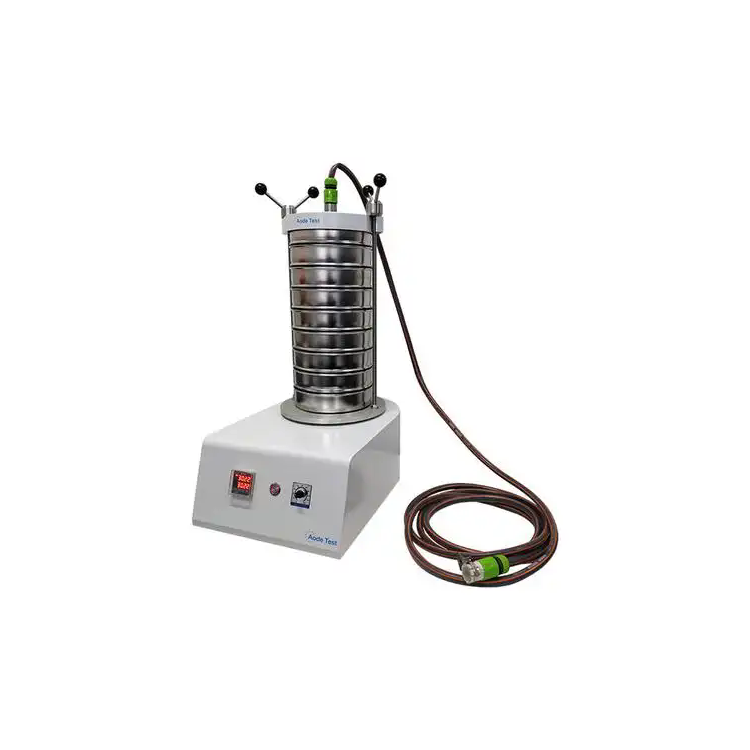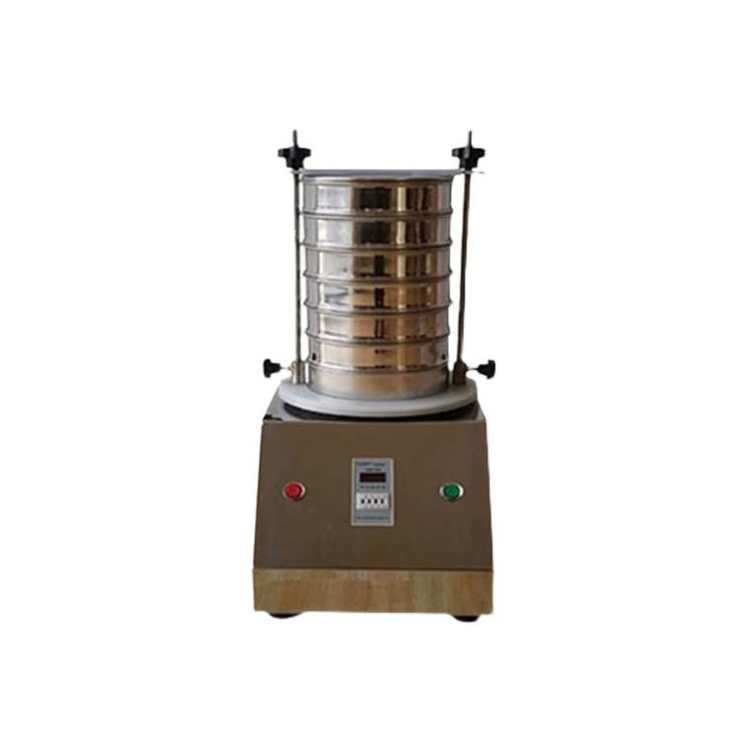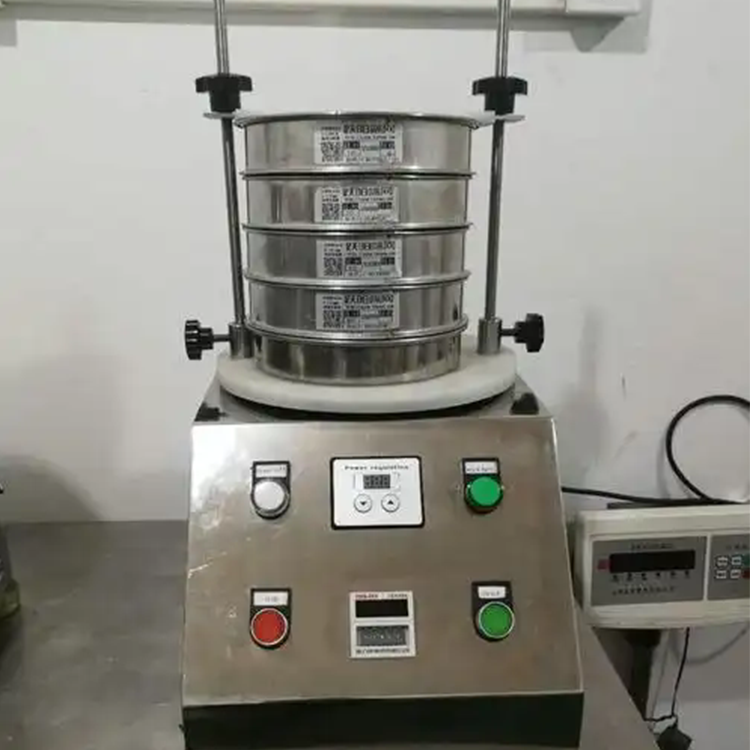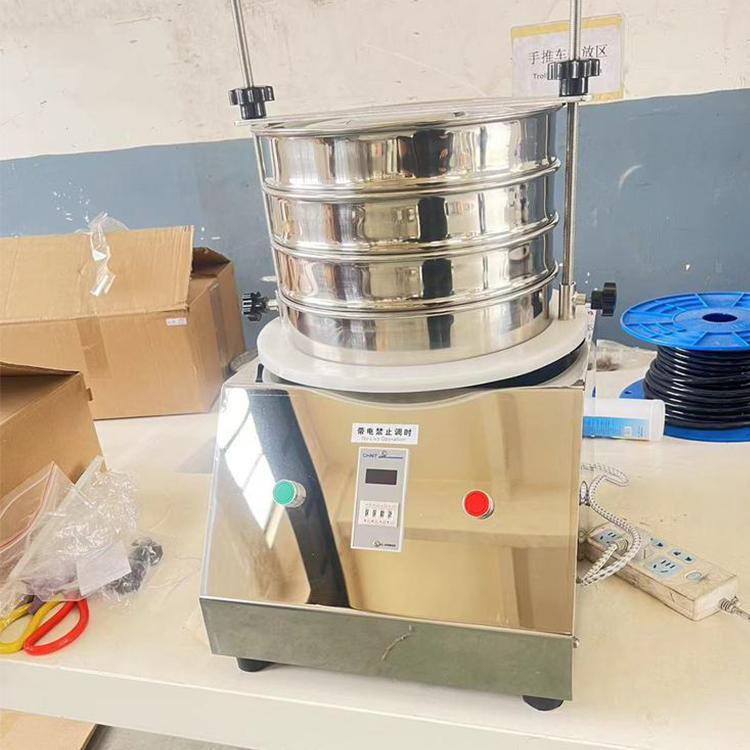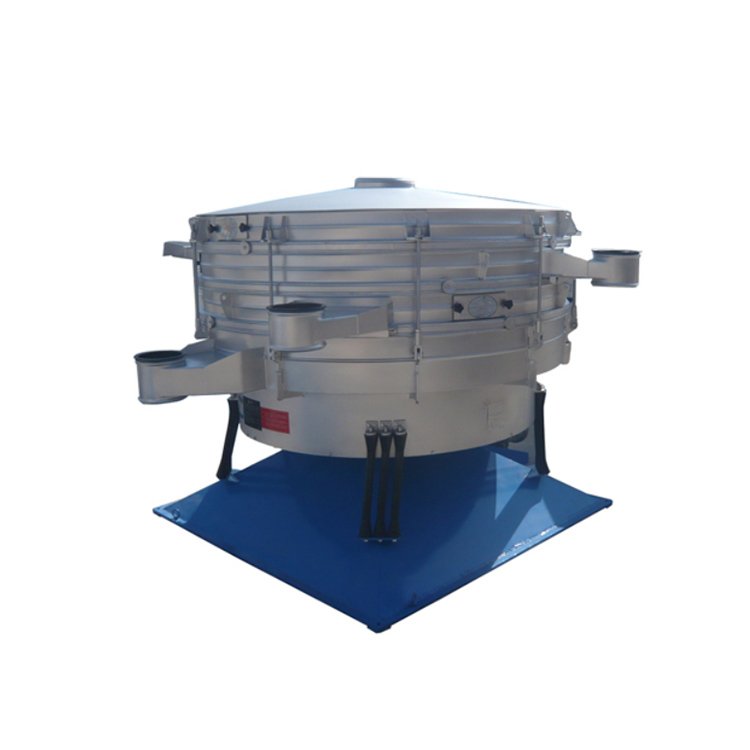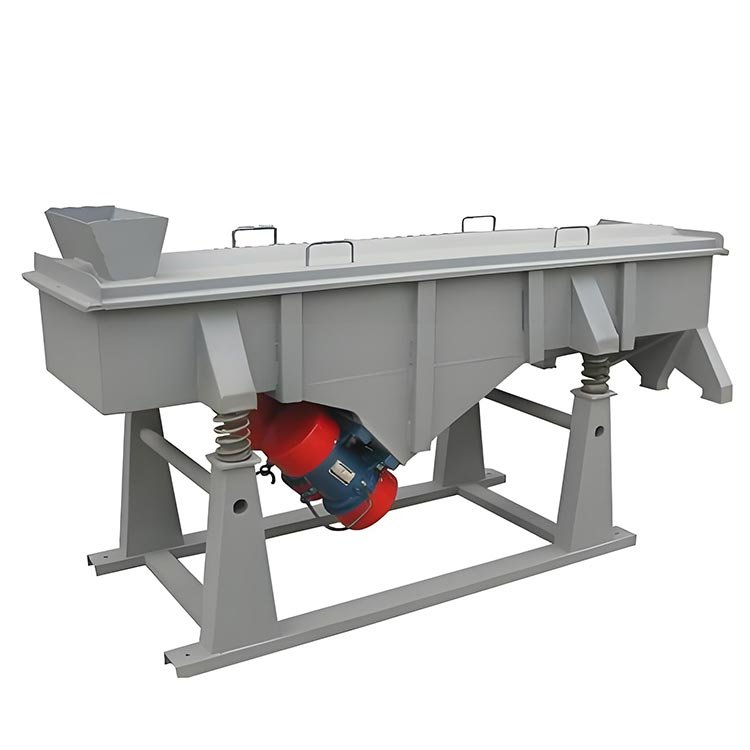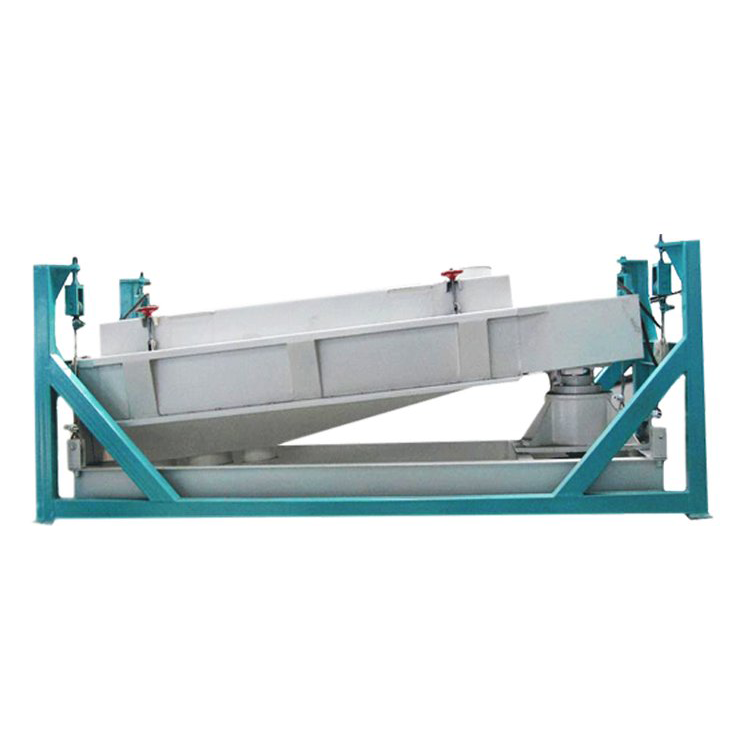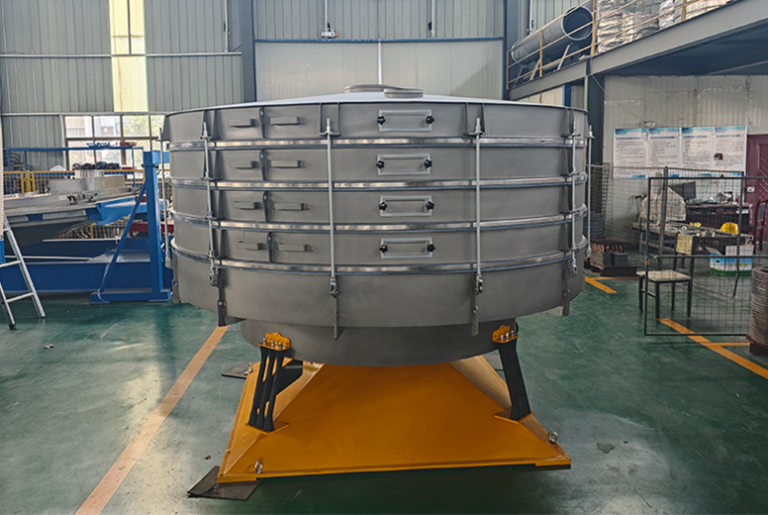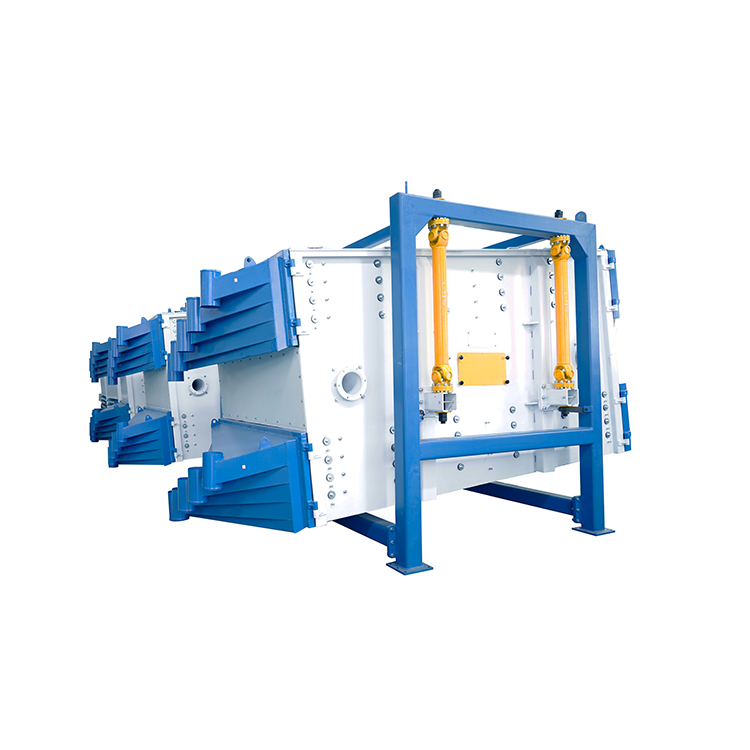A Laboratory sieve shaker machine is a type of laboratory equipment used for separating powdery and granular materials. The following provides an understanding of it from multiple aspects.
Laboratory sieve shaker machine Working Principles:
- Vibration Sieving Principle:It is mainly composed of a sieving frame, sieve mesh, vibrator, and sieve device. During operation, the sample is placed in the upper sieve device. When the vibrator is activated, it generates vibratory force, causing the sieve device to vibrate. This vibration allows the sample to be sieved on the sieve mesh: large particles are separated to the upper layer, while small particles are separated to the lower layer.
- Airflow Sieving Principle:Using airflow as the driving force, powdery or granular materials are suspended by the airflow and then sieved through sieve meshes of different pore sizes. The speed and direction of the airflow can be controlled to achieve separation of materials with different particle sizes.
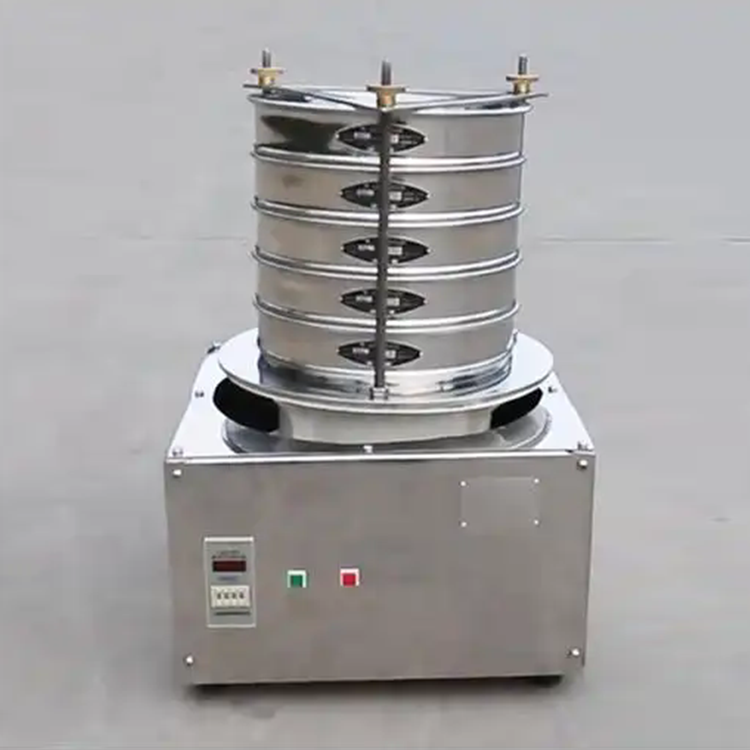
Classification by Sieving Principle:
Three-dimensional Vibrating Sieve:Generates composite vibrations in horizontal, vertical, and inclined directions through a vibration motor to form a rotational vibration trajectory. Suitable for sieving fine powders such as nanomaterials and pharmaceutical raw materials.
Planar Rotating Sieve:Drives the sieve body to perform planar circular motion via an eccentric block, extending the material sieving path. Ideal for grading sticky particles or fibrous materials, such as cosmetic powders and grain particles.
Classification by Structural Design:
- Single / Multi-layer sieve: single-layer sieve with only one layer of mesh, used for rapid separation of target particle size materials; multi-layer sieve (e.g., 2-7 layers) can be completed at the same time multi-stage sieve, the output of 2-8 kinds of particle sizes of materials, applicable to the study of complex particle distribution.
- Closed and open type: The fully closed type can prevent dust leakage and meet the high hygienic standard of pharmaceuticals and foodstuffs; the open type is convenient for observing the sieving process, which is often used for teaching demonstration or experimental debugging.
Classification by Driving Method:
- Mechanical Vibration Type:Employs vibration motors or eccentric blocks to generate exciting force. Examples include linear vibrating sieves: single-shaft sieves for small particles and double-shaft sieves for large particles.
- Electromagnetic Drive Type:Directly controls sieve mesh vibration via electromagnetic force, offering high precision and low energy consumption.
Classification by Special Function Expansion:
- Ultrasound-Assisted Sieve:Overlays ultrasonic vibrations to solve micro-powder screen clogging, capable of handling ultra-fine powders below 20μm, such as graphene and pharmaceutical excipients.
- Temperature-Controlled Sieving Machine:Integrates heating/cooling modules, suitable for materials requiring specific temperature conditions, such as molten polymers or low-temperature biological samples.
laboratory sieve shaker machine Features:
- High-Precision Sieving:Utilizes advanced sieving technology and high-precision sensors to achieve precise control of material particle size, ensuring the accuracy of experimental results.
- Flexible Operation:Humanized equipment design enables simple and convenient operation. Users can set parameters such as sieving time and speed to meet different experimental needs.
- Wide Application:Suitable for sieving various powdery and granular materials, widely used in chemical, pharmaceutical, food, environmental protection, and other industries.
Application areas of laboratory sieve shaker machine:
- Pharmaceutical Industry:Used for grading and screening drug particles to ensure particle size complies with quality standards, guaranteeing drug efficacy and stability.
- Food Industry:Sieves flour, sugar powder, grain powder, etc., to remove impurities and grade particles of different sizes, improving food quality and taste.
- Chemical Industry:Applies to sieving powdery or granular materials such as chemical raw materials, pigments, and coatings, controlling product particle size distribution to meet diverse production requirements.
- Materials Science Research:Used in the study of nanomaterials, ceramic materials, metal powders, etc., to accurately grade material particles for investigating the properties of particles with different sizes.
Summarize:
The above is a brief introduction for the classification of laboratory sieve shaker machine, according to different ways of classification, there can be different classification situations, I believe you have some understanding. We are a manufacturer specializing in vibrating screen, can be customized according to your needs, welcome to consult with customers in need.

